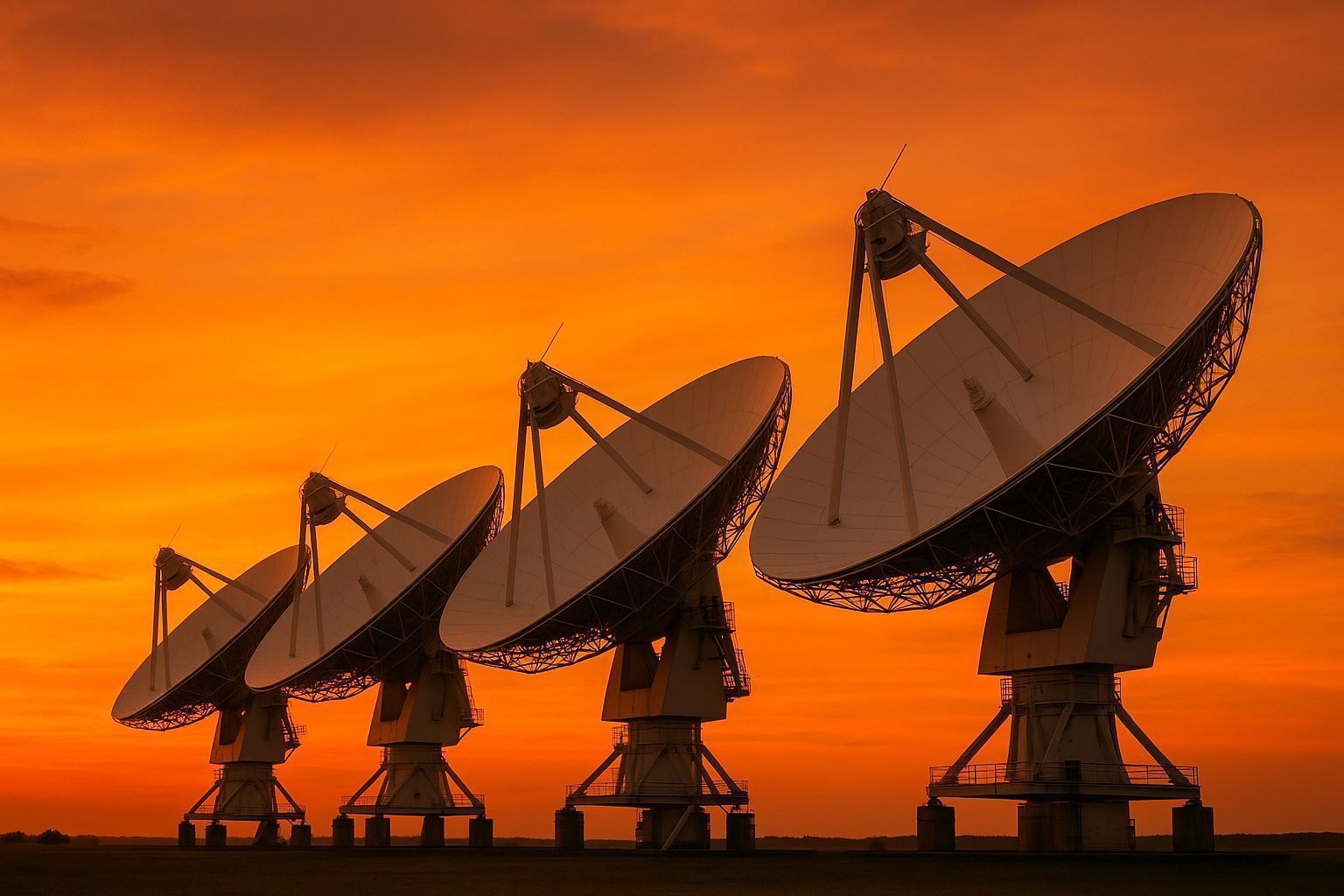
Cosmic IoT Revolution: How Optimized Satellite Constellations Are Connecting Every Corner of Earth
Starlink has over 7,500 active LEO satellites as of 2025 at about 550 km altitude, with plans to up to 42,000, uses Ku/Ka bands and laser inter-satellite links, and is piloting Direct-to-Cell IoT connectivity with latency around 20–50 ms. OneWeb
